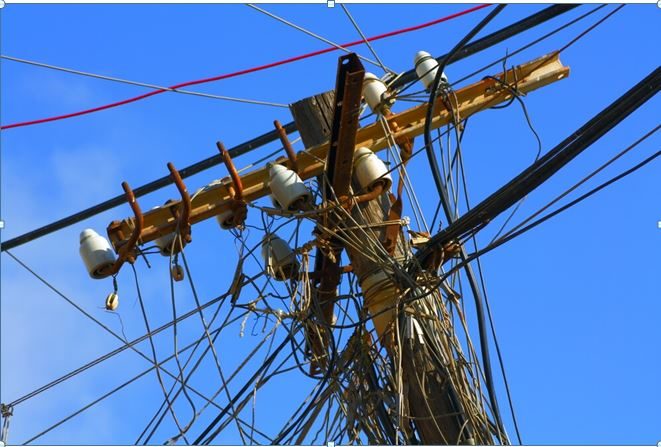

Will every connection pay?
Haryana’s decision two days back to cut power tariffs for smaller consumers, especially those consuming upto 200 units per month to Rs 2.50 from the earlier Rs 4.50, and for those consuming 50 units or less, to as low as Rs 2 per unit signals two things. One, the government’s resolve to ensure its ‘power for all’ slogan does not end up becoming just a slogan, by making power actually affordable for the most price sensitive consumers. Secondly, it is also a bet on higher compliance at these new rates, ensuring actually higher returns for its discoms.
Speaking of discoms, back in June this year, something that hadn’t happened in 15 years finally happened in Haryana. The states two power distribution firms, Dakshin Haryana Bijli Vitaran Nigam (DHBVN) and Uttar Haryana Bijli Vitran Nigam (UHBVN) finally showed a collective profit of Rs 115 crores. The profit was credited to the central government’s UDAY scheme, under which 75% of the debts of loss making discoms were taken over by the state, while the rest moved to a much lower interest rate. For the Haryana government, the profit also signalled an opportunity to move ahead on its next goal, to cut down the high transmission and distribution losses, by making power more affordable. Thus, the state’s huge T&D losses at 30% were a big target.
Thus, the calculations here are clearly geared towards a net benefit by making power availability better, and make stealing or non payment a less attractive option. As Andhra Pradesh has shown, a well run education campaign coupled with ‘reasonable’ rates can make a huge difference. Even in Gurgaon, the state’s crown jewel with its array of Fortune 500 firms, the discoms resorted to the carrot of 24 hour supply for areas with T& D losses under 20%.
Gurgaon is also where the state is seeing indications of where the answer lies. Renewables. With renewable power coming in almost at par with thermal power and that too during peak hours in the daytime for industry, the state will be counting on using an increasing contribution from renewables to reduce its base load requirement of expensive coal power. The state more than doubled its solar power capacity during 2017-18, a performance it is likely to repeat during 2018-19. While these are on a small base, with total capacity likely to be around 350 MW by march 1019, the fact remains that the drop in price of solar has opened up newer possibilities for the state.
The Haryana example is critical for India’s power sector overall, as per capita consumption remains very low. While cheaper power will remain a cornerstone of any policy eventually to make it work, the fact remains that the thermal and gas based part of the industry is stuck with large unutilised generation capacities. Mainly because there are no buyers for their expensive power. In time, like the Haryana discoms, power generators will also need a stronger pill to get back on their feet again.
In a significant move toward advancing green energy and industrial growth in the state, Himachal…
Golabl chemical conglomerate BASF has announced that its now offering the world’s first biomass-balanced polyethersulfone…
In a crucial stint to bolster the biogas sector and sustainable dairying in the country,…
TotalEnergies SE has received approval to proceed with its Middlebrook solar and battery project in…
Andhra Pradesh Chief Minister Chandrababu Naidu has inaugurated the Rs 1,000-crore green hydrogen plant of…
The BITS Pilani has developed an innovative solution for managing landfill leachate, domestic septage, and…